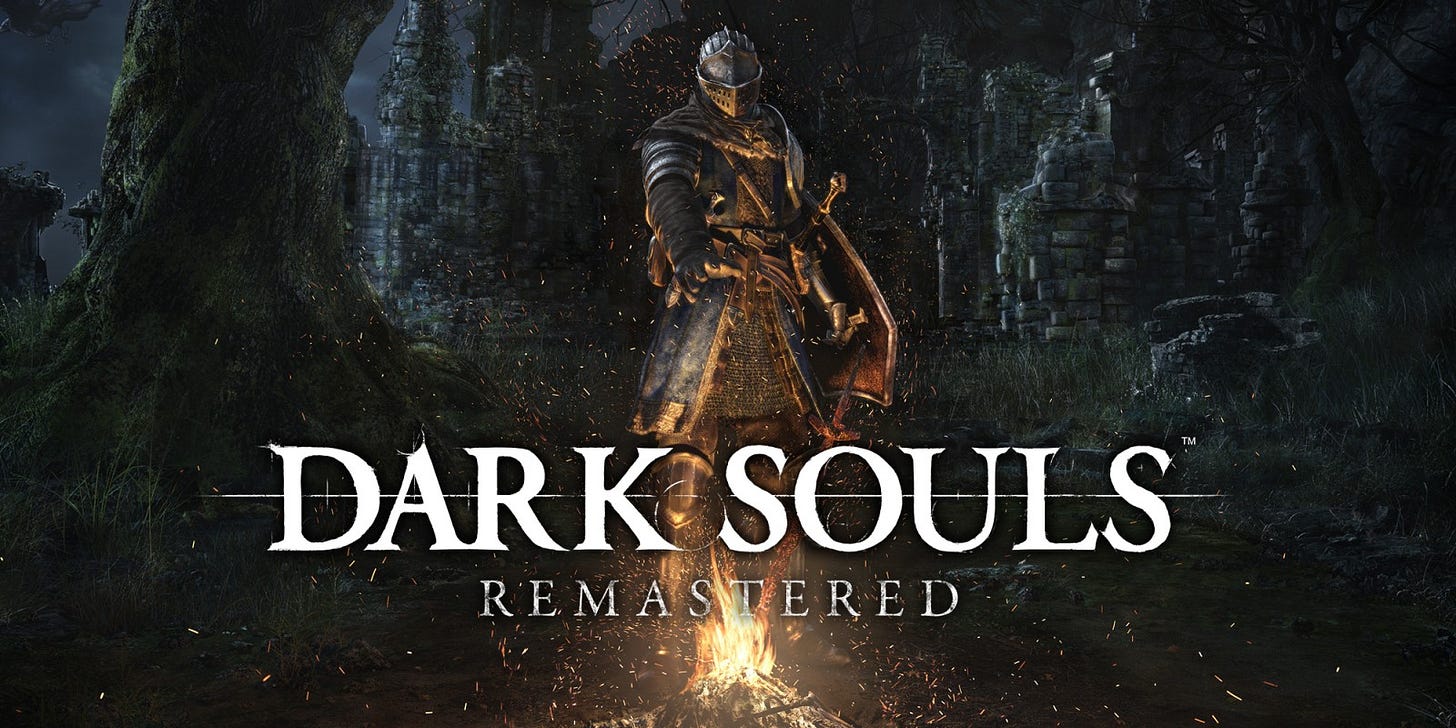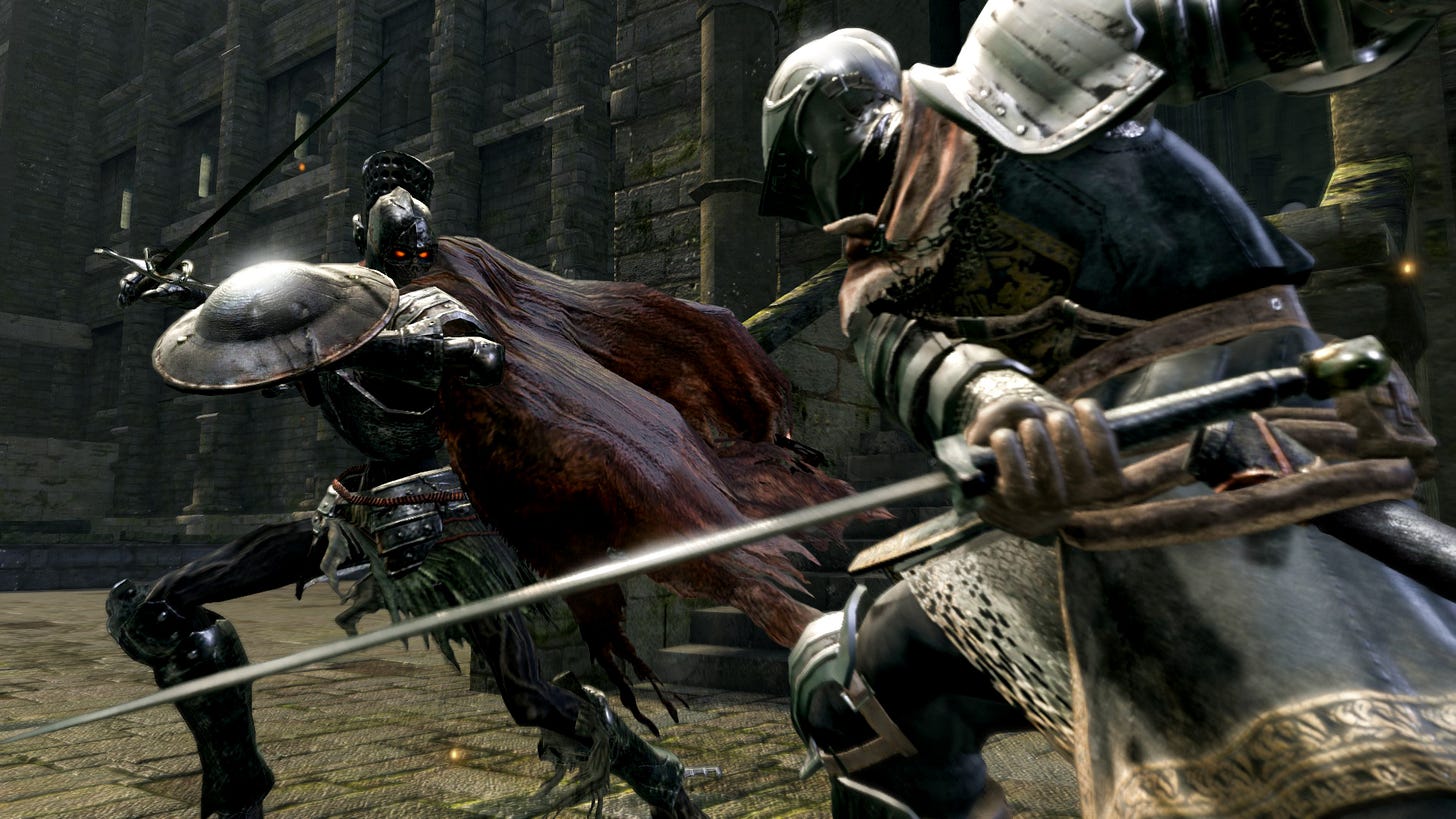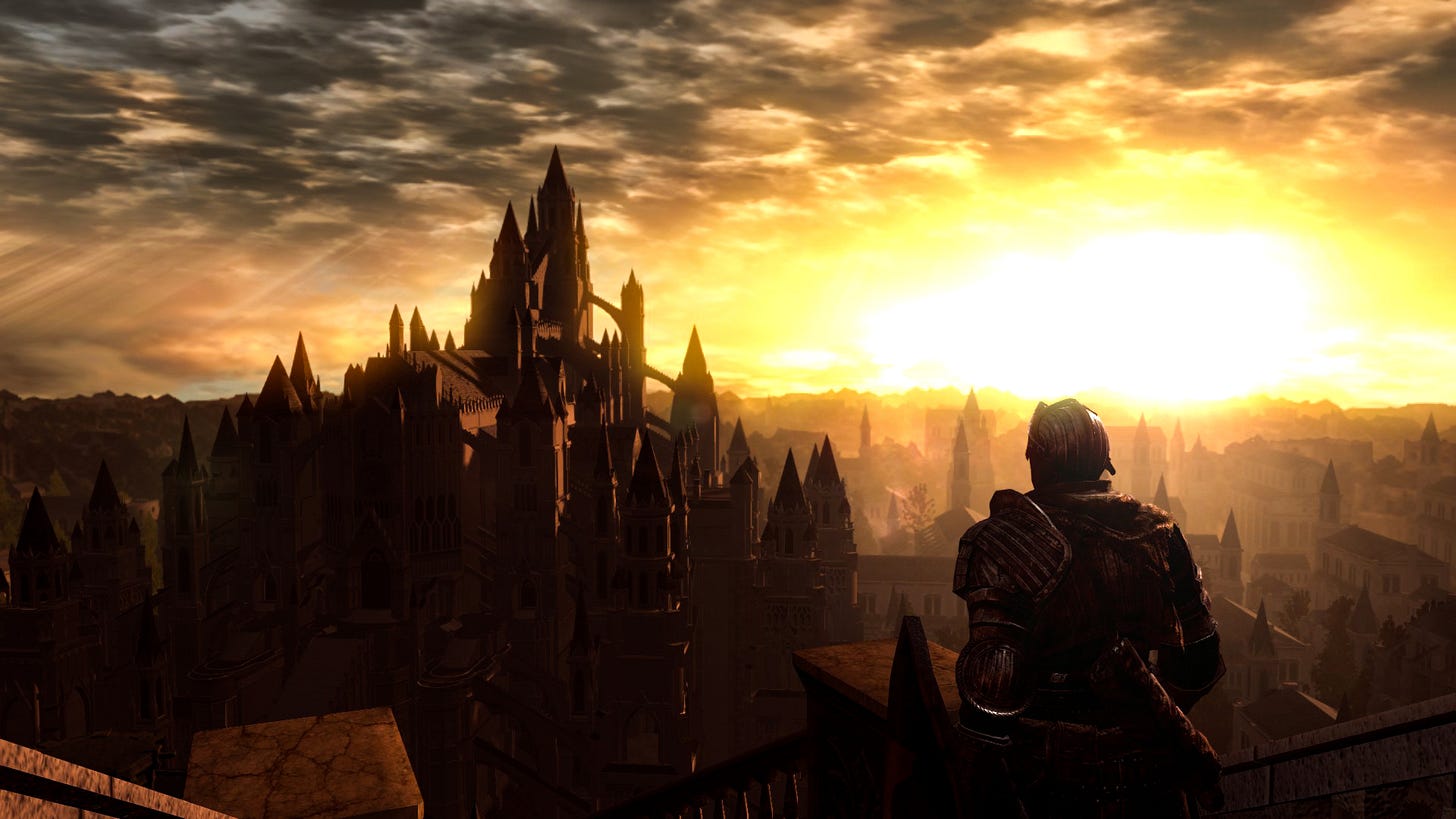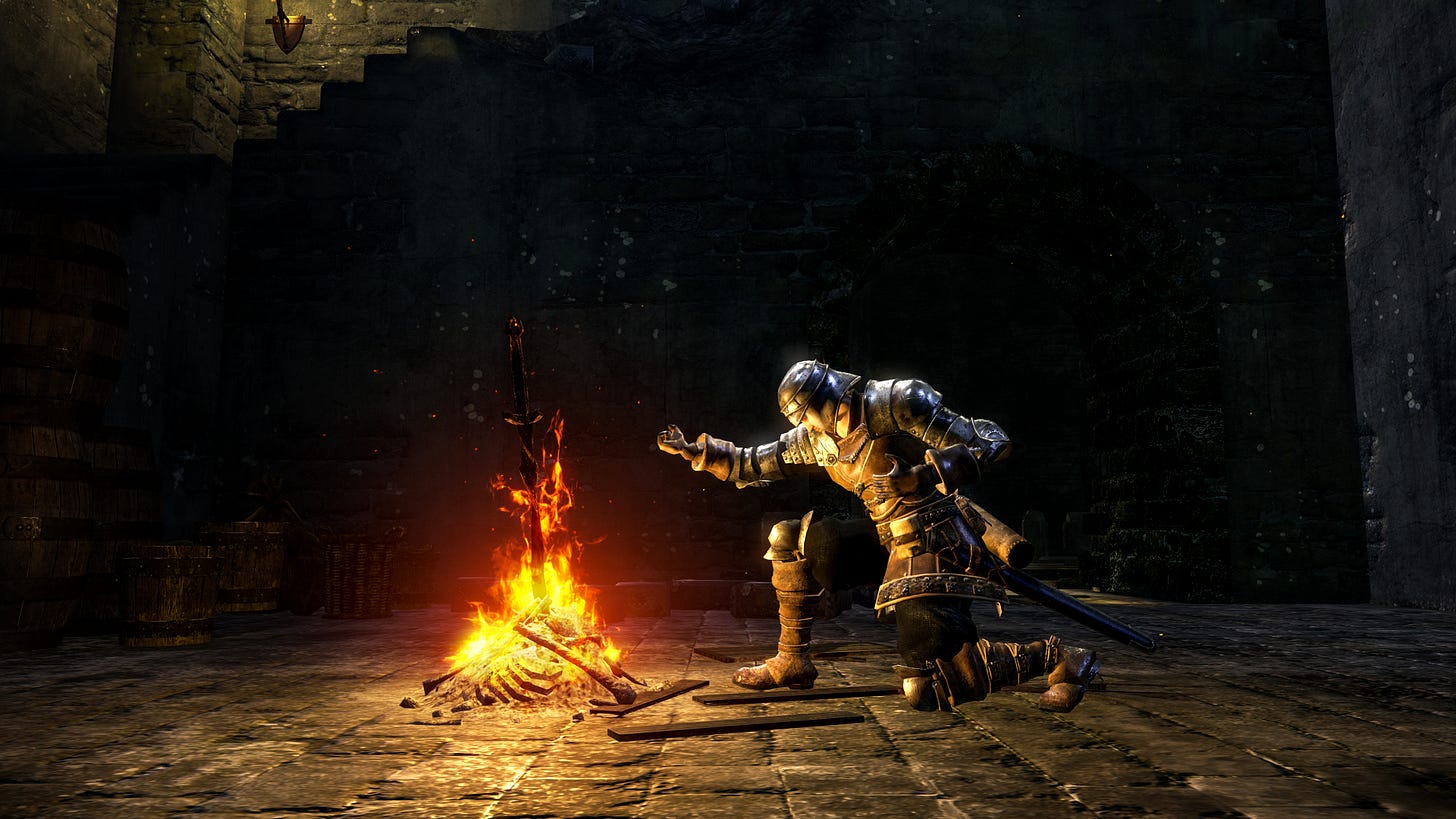My Experience With The Dark Souls Tabletop RPG

I was lucky enough to recently get a chance to play a translation of one of my white whale RPGs: the official adaptation of the Dark Souls video games. Released in Japan only, and thus, in Japanese only. I, however, lucked out, and happened across a post on a Discord server of a GM who had translated the game, and was looking for players. The one thing he needed were a few pages of the bestiary, but he was in luck: I actually own a print copy of the game from my vacation in Japan, and was able to scan the pages he needed. With that, we were able to play the game.
There were a few reasons I expected Dark Souls to play sorta weird. For one, this was a game made by and for a completely different role-playing culture than that in the States. I've heard a variety of rumors and claims about how the tabletop gaming culture differs in Japan, but as someone who never thoroughly researched those claims, or played in a Japanese group myself, I'd feel weird echoing them here. Secondly, this was a translation, and with only enough Japanese to get a table for one and find a bathroom, there's no way I could confirm the accuracy of it.
Anyways, the system proper: the Dark Souls TRPG, as one might expect, has an extremely heavy emphasis on combat. Lucky for it, then, that it has one of the most interesting and engaging tabletop combat systems I've played in a while.

Much like the source material, Dark Souls is all about the conservation of Stamina. In the tabletop game, however, Stamina comes in the form of five dice, rolled at the top of every round. Almost anything you do in the game costs some quantity of these dice, with varying stipulations on how much dice, as well as the side of the dice that are showing. These Stamina Dice are used for both attacking and resisting damage, so the careful usage of them is key.
For example, for the Knight I was playing, one swing of my sword required spending Stamina dice whose total was or exceeded 5, which could be fulfilled by a single die if I rolled high enough. I could chain attacks by adding an additional 5 + the number of previous attacks to the total Stamina spent, allowing me to spend 17 Stamina in an all-out attack, equivalent to getting a good stun lock on a Dark Souls enemy.
Damage is, interestingly, not randomized. Every attack deals a known amount of damage, and every enemy has a Damage Threshold. An attack that deals less damage than an enemy's DT does nothing, an attack that does deals one pip of damage, and an attack that exceeds the DT by ten deals an extra pip of damage (dealing an extra two if it exceeds by twenty, and so on). You can block damage by spending dice equal to your shield's Guard Cost, reducing damage by a certain amount, or you can evade an attack by spending dice equal to your Weight Load, a system I find immensely clever.
There are other ways to avoid damage, namely to do with initiative. Initiative is rerolled after every character's turn, with the character who last took a turn removed from the list, until the list has no more characters on it, at which point everyone rerolls and you start from the top. The character with the highest initiative goes first, but if any two characters roll the same initiative roll, they are "batted", removing both of them inactive for that turn. This means that, if a boss is potentially about to act, you can use some initiative-modifying abilities to move around initiative numbers to bat them, instead allowing one of your allies to strike.
There are also special skills that characters can obtain with their own costs. Two abilities stood out in my game. My ally got Backstab, allowing him to spend three matching dice to deal an instant 100 damage to an enemy (an astronomical amount), and I used Parry, which let me guard for two matching dice (no matter their value compared to my shield's Guard Cost), and block an additional 5 pips of damage, making me a walking damage sponge.

The way the game interpreted physical space was unexpected, opting to take a fairly abstracted approach. All characters are by default assumed to be "in range" of anything, with the range of attacks differing between hitting an individual or everything. This is wrinkled a little by the existence of "Safe Zones", a set of spaces in each encounter that a character can enter for the cost of two dice. Safe Zones are completely removed from combat, incapable to attack from or be attacked in, but are consumed after use. The beauty of ranged characters is that only they can continue to attack from within a Safe Zone.
The layout of the prepublished adventure we ran was fairly standard, essentially a hallway of randomly placed rooms with a few branching paths, some boss rooms, and a bonfire. Our job was to traipse around a cavern looking for some Ashes (I dunno, man, Dark Souls stuff), and take down a couple of bosses in order to escape an eerie cave that we were trapped in. The actual adventure design was pretty bare-bones, it's clear the complexity is meant to come from combat.
Actually, speaking of Bonfires, there's one other mechanic of note to mention about Dark Souls: the Malice Chart. Besides having a hilariously paradoxical name (like the "Murder Table" or perhaps the "Malevolence Spreadsheet"), this is a mechanic designed to balance the infinite restorative and resurrective properties of the bonfire, which would normally allow players to hurl themselves at problems for eternity. Instead, every time characters die or rest at the bonfire, the GM rolls on the Malice Chart, and doing so risks one of a variety of world-level effects to occur, ranging from health, initiative, and damage buffs for every enemy, to increased weight and stamina costs for players. The Malice Chart provides a sort of soft timer for quest completion in the game: players are incentivized to complete a dungeon as fast as they can, lest it become unwinnable.

I'm extremely happy I got to play the Dark Souls TRPG. Its combat system is extremely tactical while remaining fairly rules-light, and it captures some of the feeling of crossing blades in the video games very well. If this game ever makes its way to the States, or if you find yourself in a position to play a translated copy of it, I highly recommend it, because it's honestly a game unlike any other tabletop RPG I've played.